Chilling Tso Lake : Cool vibes, Crystal waters
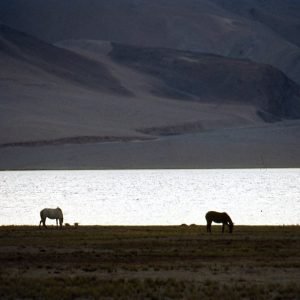
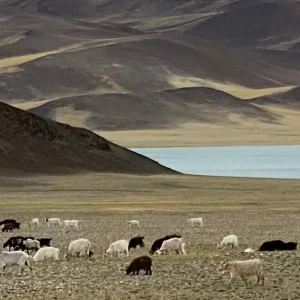
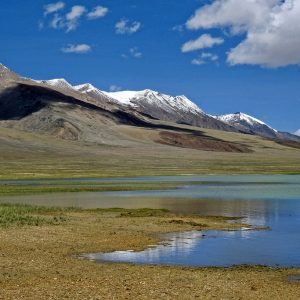
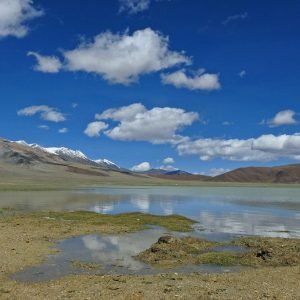
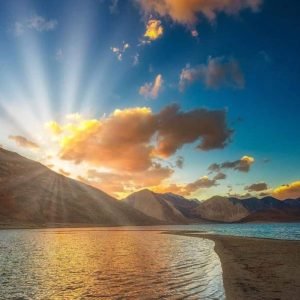
Table of Contents
Toggle1. Overview
Chilling Tso Lake, also known as Chilling Lake, is one of the most pristine bodies of water set amidst mountain terrain in Ladakh, a region in northernmost India whose grandeur enchants the attention of all. The lake lies at an elevation of approximately 4,400 meters above sea level. Topographically, the landscape that surrounds Chilling Tso Lake has its own uniqueness for Ladakh in aspects of beauty and ecology.
2. Location and Accessibility
Tso Lake in eastern Ladakh stands near the small village of Chilling, famous for its traditional Tibetan culture and as a gateway to several trekking routes. It is rather isolated, accessible mostly by trekking or off-road vehicles during parts of the year.
Most tours to Chilling Tso Lake begin from Leh, the administrative capital of Ladakh. From Leh, a trip is normally made toward the village of Chilling, which is about 70 kilometres away. The road leading to Chilling is an adventure in its own right and consists of rugged mountain pathways and breathtaking views. From Chilling, visitors often embark on a trek or even hire local guides to reach the lake.
3. Geographical Features
Chilling Tso Lake is located in the high-altitude desert, surrounded by a range of dramatic mountains. It is fed by snowmelt from the peaks and is renowned for the crystal-clear waters that reflect the snow-capped surrounding mountains. The area around the lake is all barren, with only a few patches of vegetation that can survive the unfavorable climatic conditions.
Its surface area changes due to seasonal reasons: water level usually renews because of melting glaciers and snow. The lake is bigger in summer, while in winter it partially may freeze developing extraordinary views of ice landscapes.
4. Climate and Weather
The climate around Chilling Tso Lake represents the high-altitude desert found in Ladakh. In the area, there is a great day-to-night variation of temperatures, even in summer. The summers are reasonably mild, with day temperatures rising to 10°C-20°C and falling below freezing at night. During winter, however, the temperatures are quite low, reaching as low as -20°C or even lower, combined with heavy snowfall.
Therefore, if you intend to visit Chilling Tso Lake, late June to early September is just the right time, as summer is the best time for trekking as well as sightseeing. Winter months are hard to bear because the weather remains pretty bad and traveling is complicated.
5. Flora and Fauna
The Chilling Tso Lake surroundings have poor vegetation growth because its altitude zone is too high, and the climate is so severe. Most of the hardy species are able to sustain themselves at this place with extreme temperatures and low oxygen levels. You might find a few grasses, mosses, or small shrubs around, but other than that, the landscape is all barren.
As far as fauna goes, the region surrounding Chilling Tso Lake houses all manner of high-altitude wildlife. Some common spottings include the Tibetan antelope or chiru, the Ladakhi urial, and a few species of migratory birds. The lake has a few species of fish, too, not that abundant, though. This hints at the ecological balance that prevails in this extremely sensitive environment.
6. Cultural and Historical Significance
The culture of the local people living in Ladakh is indivisible from the chilling Tso Lake. Chilling village essentially symbolizes the typical culture and customs of Ladakh with its work in metalwork and weaving work. The lake and its surroundings usually feature in almost every folk song and are considered sacred by the locals.
Historically, it has always formed an important trade route, connecting Ladakh with Central Asia. The lake itself, however, does not constitute a major historical landmark, yet the lake contributes to both the natural beauty and the cultural tapestry of the Ladakh region.
7. Trekking and Tourism
The trekking to Chilling Tso Lake is one of the most sought-after activities for nature lovers and adventure enthusiasts. It includes trekking on difficult terrain, crossing mountain passes, and traversing the desolate landscape of high-altitude deserts. The route itself presents breathtaking views of the surrounding mountains in every direction and an opportunity to be amidst nature in its most virginal form.
Tourists visiting Chilling Tso Lake must be prepared for high-altitude trekking. Acclimatization in Leh is advised before going on the trek lest altitude sickness sets in. Proper equipment to undertake trekking comprising warm clothing, strong boots, food, and water are prescribed for a successful and enjoyable trek.
8. Environmental Conservation
The natural environment around Chilling Tso Lake is fragile and should be preserved that way. Tourism, while good for the local economy, impacts delicate high-altitude ecosystems significantly. It is expected that visitors will exercise responsible tourism behaviors that include minimizing waste, avoiding disturbance to wildlife, and respect for customs.
The local conservation, therefore, looks toward the conservation of natural beauty and its surroundings through environmental change monitoring, promotion of sustainable tourism, and visitor education on protection aspects of unique ecosystems of the region.
9. Conclusion
Chilling Tso Lake bears testimony to the dazzling natural beauty and ecological diversity of Ladakh. It is an incomparable destination for adventure and tranquility, situated in one of the most remote and untouched parts of the world, with high altitude, crystal clear waters, and rugged surroundings. For the experienced trekker or nature lover or an observer who is interested in Ladakh’s immense cultural heritage, Chilling Tso Lake is a place from where one will be able to evoke an unforgettable experience amongst the grandeur of the Himalayas.
How to book a trip to Chilling Tso Lake, India with Charzan Holidays?
For a seamless and exceptional booking experience, contact Charzan Holidays at reservations@charzan.in or call us at +919622224473
Frequently Asked Questions
1. What is Chilling Tso? | |
| Chilling Tso is a picturesque high-altitude lake located in the Ladakh region of India, known for its stunning views and serene environment. | |
2. How do I get to Chilling Tso? | |
| To reach Chilling Tso, you typically travel from Leh to the Zanskar region. The lake is accessible via a trek from nearby villages or by hiring a local taxi. | |
3. What is the best time to visit Chilling Tso? | |
| The best time to visit is from May to October when the weather is pleasant and the roads and treks are accessible. | |
4. What are the main attractions near Chilling Tso? | |
| Nearby attractions include the beautiful landscapes of the Zanskar Valley, local monasteries, and opportunities for trekking and photography. | |
5. Is it safe to travel to Chilling Tso? | |
| Yes, Chilling Tso is generally safe for tourists. However, it’s wise to stay informed about local conditions and follow travel advisories. | |
6. What activities can I do at Chilling Tso? | |
| Visitors can enjoy trekking, birdwatching, photography, and experiencing the tranquility of the lake. It’s also a great spot for picnics and camping. | |
7. Are there accommodations near Chilling Tso? | |
| Accommodations may be limited in the immediate area. Visitors often stay in guesthouses or homestays in nearby villages like Chilling or Zanskar Valley. | |
8. What should I pack for a trip to Chilling Tso? | |
| Pack warm clothing, sturdy trekking shoes, personal toiletries, a first aid kit, and sufficient water, as temperatures can drop at night. | |
9. Is there mobile connectivity at Chilling Tso? | |
| Mobile connectivity can be limited in the area, so it’s advisable to inform friends or family of your travel plans before heading out. | |
10. Can I find local food near Chilling Tso? | |
| Local food options may be limited, but traditional Ladakhi cuisine can be found in nearby villages, offering dishes like thukpa and momos. | |
11. Are there any cultural festivals near Chilling Tso? | |
| While there are no specific festivals at Chilling Tso, nearby areas celebrate various local festivals that showcase Ladakhi culture and traditions. | |
12. What is the local language spoken around Chilling Tso? | |
| The primary language spoken is Ladakhi, but many locals also understand Hindi and English, especially in tourist-friendly areas. | |
13. Do I need a permit to visit Chilling Tso? | |
| Typically, no special permit is required for Chilling Tso itself, but it’s good to check for any necessary permits if visiting nearby protected areas. | |
14. Can I find guided tours to Chilling Tso? | |
| Yes, many travel agencies offer guided tours that include transportation, accommodations, and local experiences, making exploration easier. | |
15. What is the climate like around Chilling Tso? | |
| Chilling Tso experiences a cold desert climate, with warm days and cool nights in summer. Be prepared for sudden weather changes and temperature drops. |


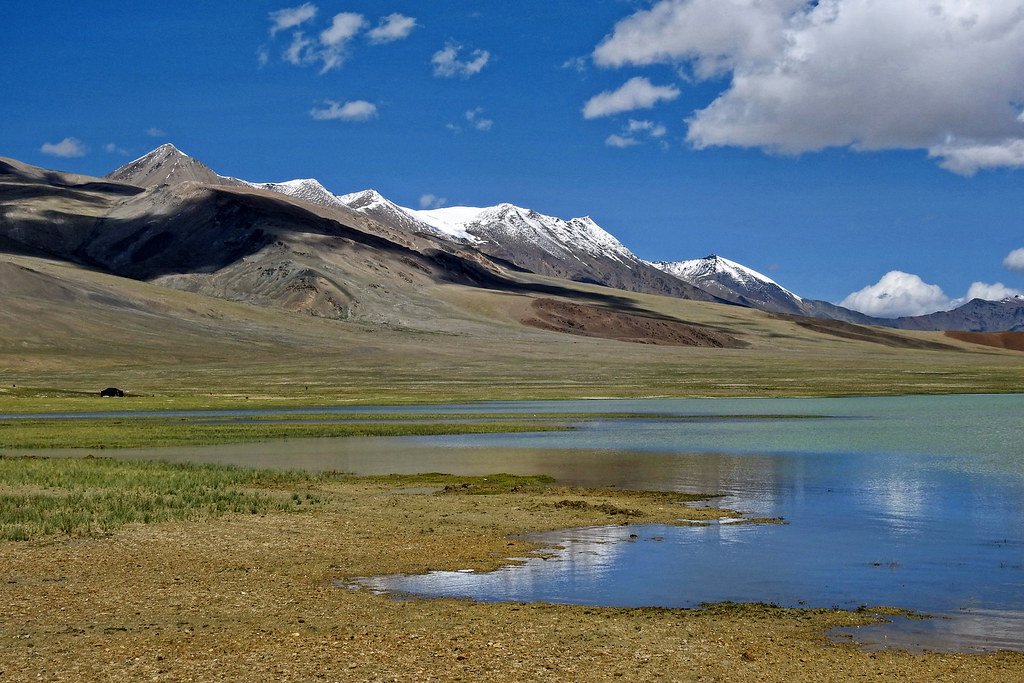
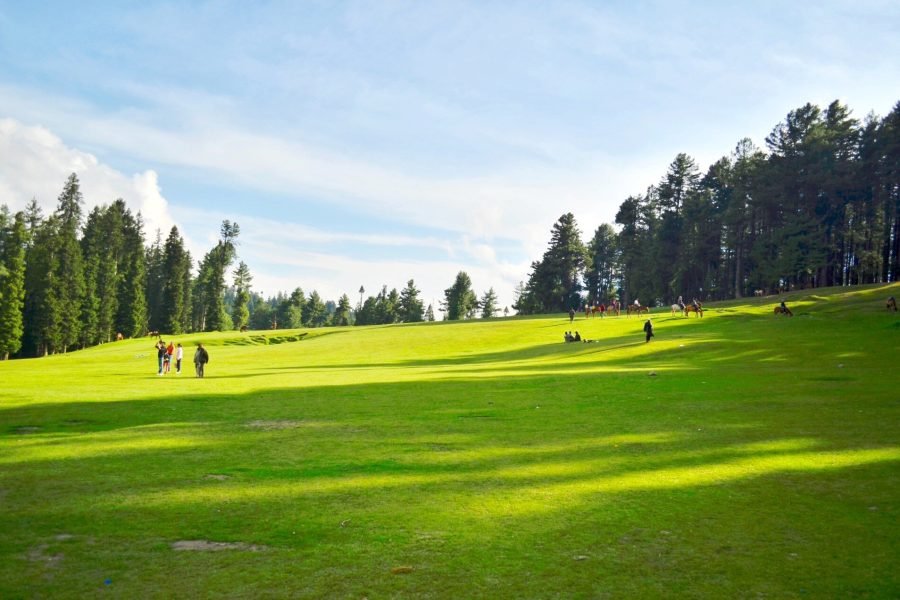
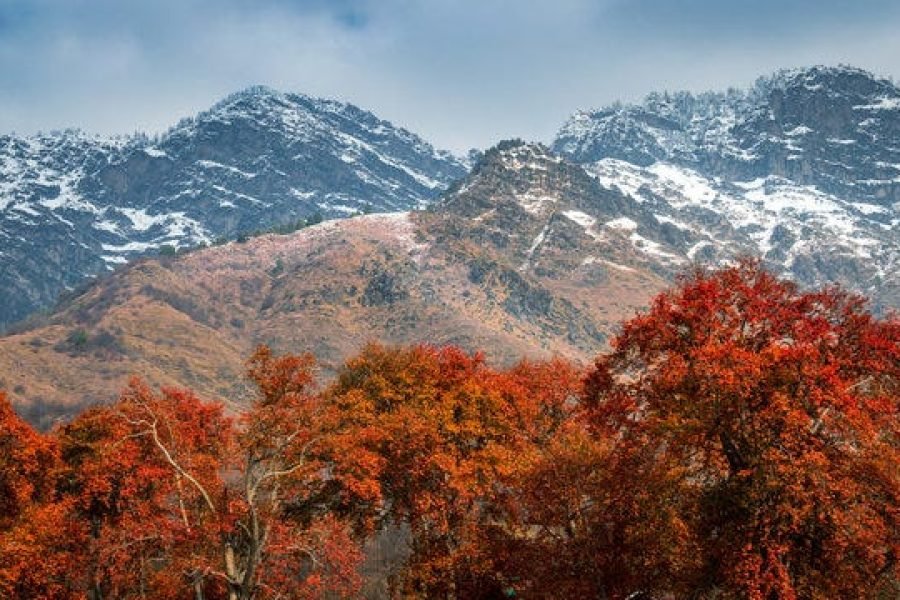
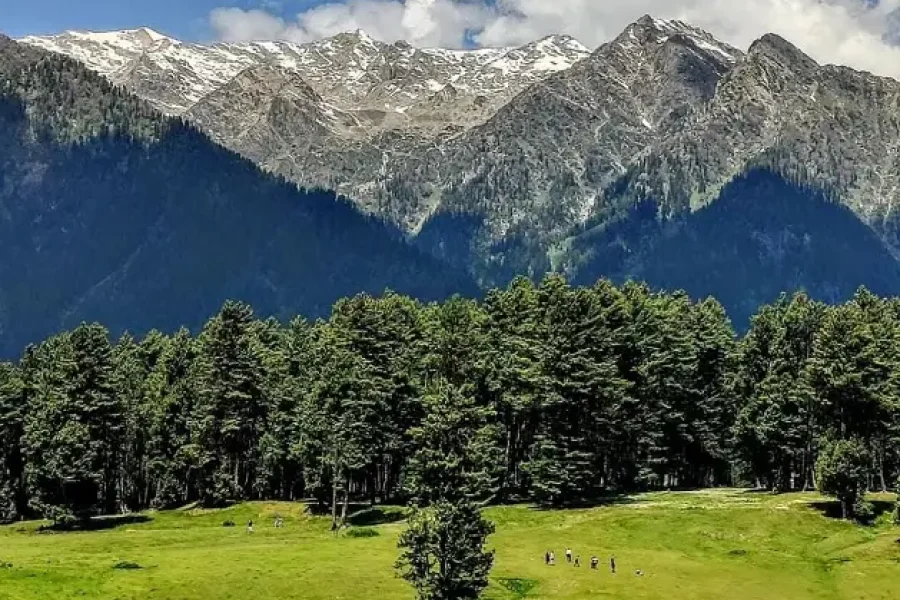
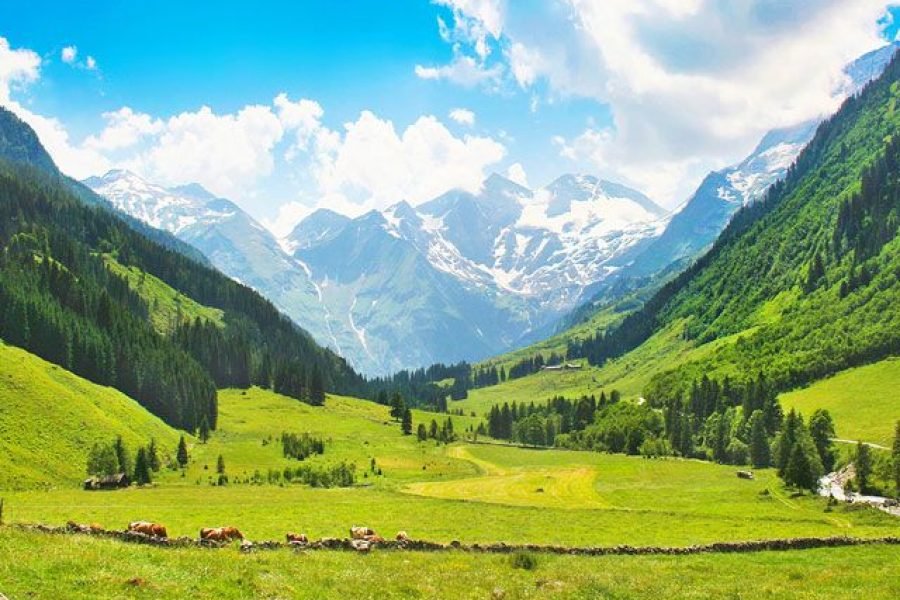
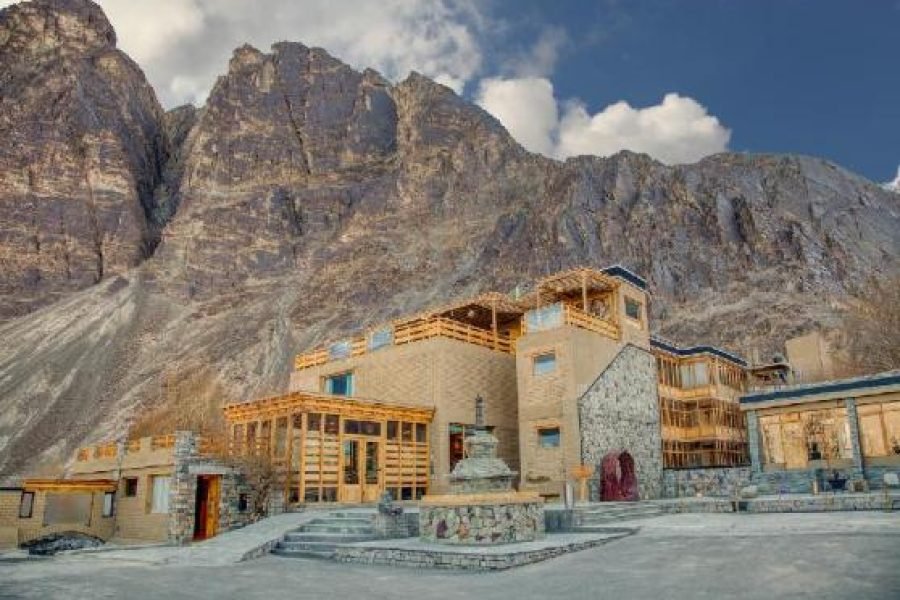

0 Comment